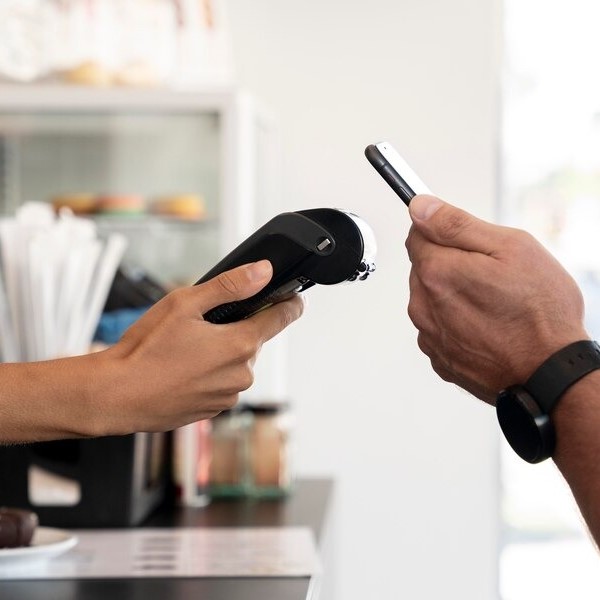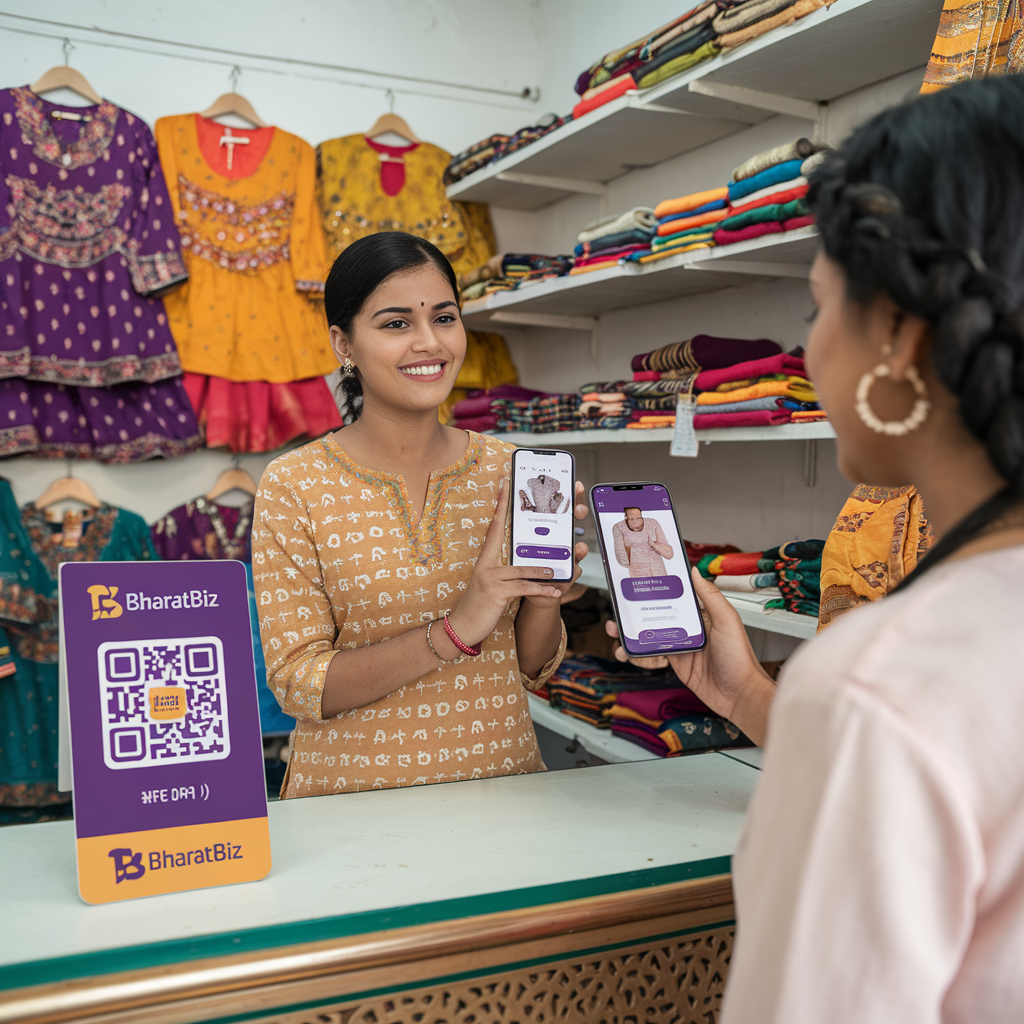

The Future of Contactless Payments: Trends and Innovations

The Rise of Contactless Payments
Contactless payments have seen exponential growth in recent years, driven by the need for faster, more secure, and hygienic payment methods. The COVID-19 pandemic accelerated the adoption of contactless technology as consumers and businesses sought safer alternatives to cash and traditional card payments. Today, contactless payments are a standard feature in many retail environments, from grocery stores to restaurants.
Key Trends in Contactless Payments
Several key trends are shaping the future of contactless payments. One significant trend is the integration of NFC (Near Field Communication) technology, which allows devices to communicate wirelessly over short distances. This technology is at the core of many mobile payment solutions, such as Apple Pay and Google Pay. Additionally, wearable devices like smartwatches are becoming popular for making quick and convenient contactless transactions.
Innovations Driving the Future
Innovations in contactless payments are continuously emerging, making transactions even more seamless and secure. Biometric authentication, such as fingerprint and facial recognition, is being integrated into payment systems to enhance security. Moreover, blockchain technology is being explored to create decentralized and tamper-proof payment platforms. Another exciting innovation is the use of QR codes for contactless payments, allowing users to make transactions by simply scanning a code with their smartphone.
Benefits of Contactless Payments
The benefits of contactless payments are numerous. For consumers, they offer a quick, convenient, and hygienic way to pay. No more fumbling for cash or swiping cards – simply tap and go. For businesses, contactless payments can speed up transaction times, reduce queuing, and improve customer satisfaction. Additionally, the reduced physical contact involved in contactless transactions makes them a safer option during health crises.
Challenges and Considerations
Despite the advantages, there are challenges to consider with contactless payments. Security concerns remain a top priority, as the technology must protect against fraud and unauthorized transactions. Additionally, not all regions or demographics have embraced contactless technology equally, creating a digital divide. Businesses must also invest in compatible infrastructure, which can be costly for smaller enterprises.
Conclusion
The future of contactless payments is bright, with continuous innovations making transactions faster, safer, and more convenient. As technology evolves, businesses and consumers alike will benefit from the enhanced efficiency and security that contactless payments offer. By staying informed about the latest trends and addressing the associated challenges, businesses can leverage contactless technology to improve their operations and customer experience.
For more insights on the latest payment technologies and how to implement them in your business, visit BharatBiz.



